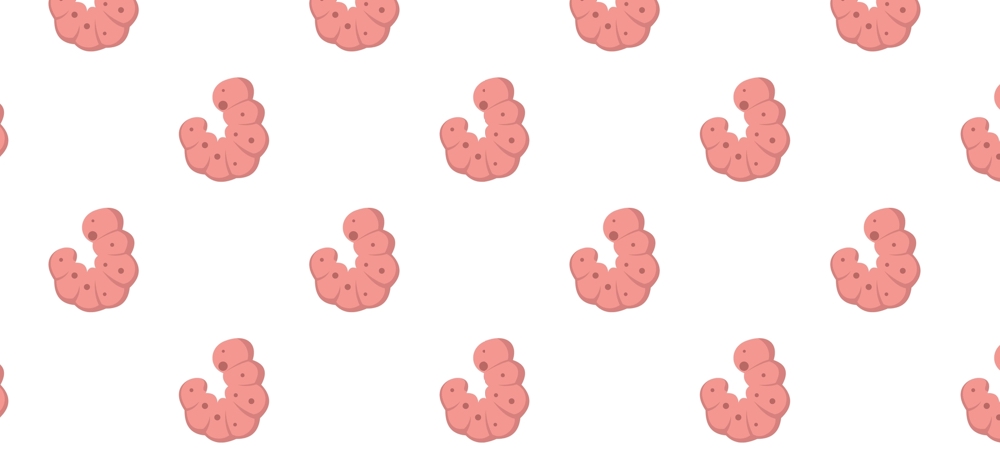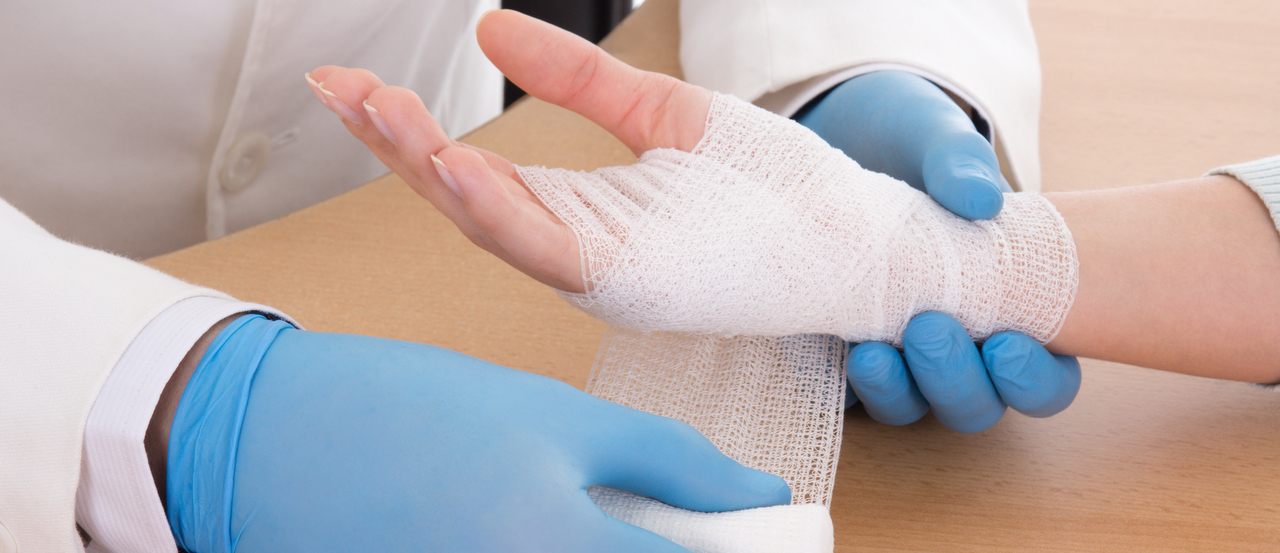If you were a normal kid, you probably have scars and scrapes from your times running around outside with your friends; falling off trees, slipping off skateboards. Think of these as friendly childhood stripes, marks of your adventures! Scars in fact, are a necessary formation of the process your skin goes through to heal after an injury.
How scars are formed
Scars form from injuries, accidents, surgical procedures or skin conditions. The appearance of a scar depends on the type of the wound, where on your body you were injured, and other genetic factors. Scarring is an important part of healing.
The toughest kind of scar
Then there’s a keloid scar. These are the toughies. With keloids, the skin goes into an overdrive situation and “heals too much”. This forms an overgrowth of scar tissue over the wound: a hard, smooth and raised lump. This lump is often bigger than the wound itself. The scar is not harmful to your health, but it is quite visible.
The rubbery scar may become itchy, tender, and painful or create a burning sensation. It can develop anywhere on the body but most commonly on the earlobes, chest, shoulders and cheeks. They rarely develop on the face, except the jawline. They can also develop with minor injuries and body piercings.
What puts you at risk for Keloids?
- Being under the age of 30.
- Having someone with keloids in your family.
- Being pregnant.
- Having dark pigmentation.
- Being of African, Latino or Asian descent.
Time to see a doctor?
Keloids are benign, meaning they’re not harmful; you don’t necessarily need to check in with your doctor. If you develop other symptoms though, and there’s an increase in overgrowth, it’s time to visit your doctor!
How to prevent it from forming:
- Avoid shaving. Use hair removal creams instead.
- Avoid body piercings and tattoos.
- If you have acne, don’t pop your pimples!
- Fresh wounds should be covered and kept moist. If you allow a fresh cut to breathe, you’re slowing down the healing process.
- Stay away from the sun as it can be harmful to scar tissue and the production of collagen.
- Avoid cosmetic surgery.
- Eat a nutrient-rich diet that will help with healing from within.
- Drink plenty of fluids to flush out toxins and help build new tissue.
Other kinds of scars
- Stretchmarks are long narrow lines or stripes that form on the surface of the skin as result of stretching of the skin. They’re very common in both men and women.
- Scar contractures are commonly caused by burns. The scar develops when the skin “shrinks”, resulting in tightness and restriction of movement.
- Pitted or sunken scars (atrophic or “ice-pick” scars) are indentions; related to collagen and muscle loss. Acne and chicken pox are also related causes. The scars are hard to treat as they appear from the abnormal collagen production.
- Hypertrophic scars are caused by injury to the deep layer of the skin tissues. The elevated appearance of the scar is caused by excess amounts of collagen produced by the body to repair the injury on the skin.
References
- http://www.nhs.uk/Conditions/Stretch-marks/Pages/Introduction.aspx
- http://dermapproved.com/conditions/atrophic-scars
- http://www.dermatix.co.uk/hypertrophic-scars-what-they-are-how-theyre-caused-and-how-to-treat-them/
- http://www.medicinenet.com/scars/article.htm
- http://www.healthline.com/health/keloids#overview1
- https://www.liveabout.com/how-to-minimize-and-prevent-keloid-scars-2442857
- https://patient.info/health/keloid-leaflet/symptoms




